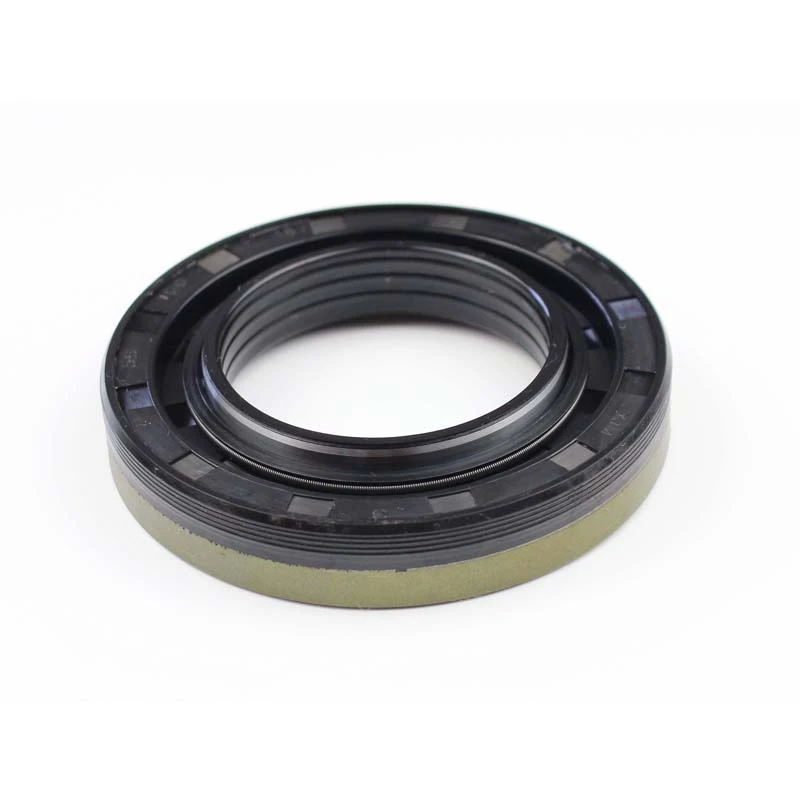Drive Shaft Dust Seal Importance and Maintenance Tips for Your Vehicle
Understanding Drive Shaft Dust Seals Importance and Maintenance
In the world of automotive engineering, each component plays a crucial role in the overall performance and longevity of a vehicle. One such component that often goes overlooked is the drive shaft dust seal. This seemingly minor part serves a significant function in preventing debris and contaminants from entering critical areas of the drive shaft and, ultimately, the drivetrain.
What is a Drive Shaft Dust Seal?
A drive shaft dust seal, often referred to as a CV (constant velocity) joint boot, is a protective component that surrounds the drive shaft or CV joint. Its primary function is to prevent dirt, dust, water, and other contaminants from entering the joint. This is critical because the inner workings of the drive shaft and CV joints are lubricated with grease. If contaminants infiltrate these areas, they can compromise the lubricant's integrity, leading to premature wear, and ultimately, failure of the joint.
The Importance of a Dust Seal
The drive shaft and CV joints face various challenging conditions during normal operation. Extreme temperatures, road debris, and constant motion can all contribute to wear and tear. A dust seal is an essential barrier that protects the lubricating grease from being contaminated, which helps maintain smooth operation and effectiveness. Without a functioning dust seal, the risks of failure increase significantly, which can result in costly repairs or even a complete drivetrain replacement.
Moreover, when dirt and debris enter the drive shaft system, they can create friction. This friction can lead to excessive heat, further degrading the grease and causing metal-to-metal contact, resulting in potential damage to the drive shaft components. This highlights why regular inspection and maintenance of the dust seal are vital for anyone who wants to prolong the lifespan of their vehicle.
Common Issues with Drive Shaft Dust Seals
drive shaft dust seal

Over time, drive shaft dust seals can become worn or damaged. Factors contributing to this wear include exposure to UV rays, extreme temperatures, and general road conditions. A cracked or torn dust seal can lead to grease leakage, which not only shortens the life of the CV joint but can also cause a noticeable decrease in vehicle performance.
When inspecting a drive shaft dust seal, it's essential to look for signs of wear such as cracks, tears, or a loss of flexibility. Regular maintenance, including cleaning and lubrication, can help extend the life of the seal. If a seal shows signs of damage, it should be replaced immediately to prevent further complications.
Signs of a Failing Dust Seal
Drivers should be aware of several symptoms indicating a possible failure in the drive shaft dust seal
1. Grease Leaks If you notice grease spots under the vehicle, it may indicate a compromised dust seal. 2. Unusual Noises Clunking or clicking sounds during acceleration or turning can signify problems with the CV joint, often exacerbated by a failing seal. 3. Vibrations Increased vibrations felt through the steering wheel may suggest that the drive shaft components are out of balance due to grease loss.
4. Visual Damage Regularly inspect the area around the drive shaft for signs of cracking or wear on the dust seals.
Conclusion
The drive shaft dust seal is a crucial yet often underestimated component in the drivetrain system. Proper maintenance and timely replacement of a damaged seal can prevent severe issues and ensure that your vehicle runs smoothly for years to come. Regular inspections, combined with an understanding of the signs of wear and potential failure, empower vehicle owners to take proactive measures in caring for their vehicles. Keeping your drive shaft dust seal in good condition not only enhances performance but also promotes safety on the road.
-
Understanding Automotive Oil Seals: Essential Components for Engine and Shaft Protection
News Jul.30,2025
-
The Importance of Heavy Duty Seals in Industrial and Residential Applications
News Jul.30,2025
-
Exploring Industrial Oil Seals: From Felt Oil Seals to TTO and CFW Solutions
News Jul.30,2025
-
Essential Guide to Oil Seals: From Radial to Metal-Cased Seals for Industrial Reliability
News Jul.30,2025
-
Choosing the Right Oil Seals and Gaskets for Industrial and Automotive Applications
News Jul.30,2025
-
Cassette Seals: Durable Sealing Solutions for Harsh Environments
News Jul.30,2025
-
Understanding the Front Main Engine Seal: Purpose, Maintenance, and Installation
News Jul.29,2025
Products categories















